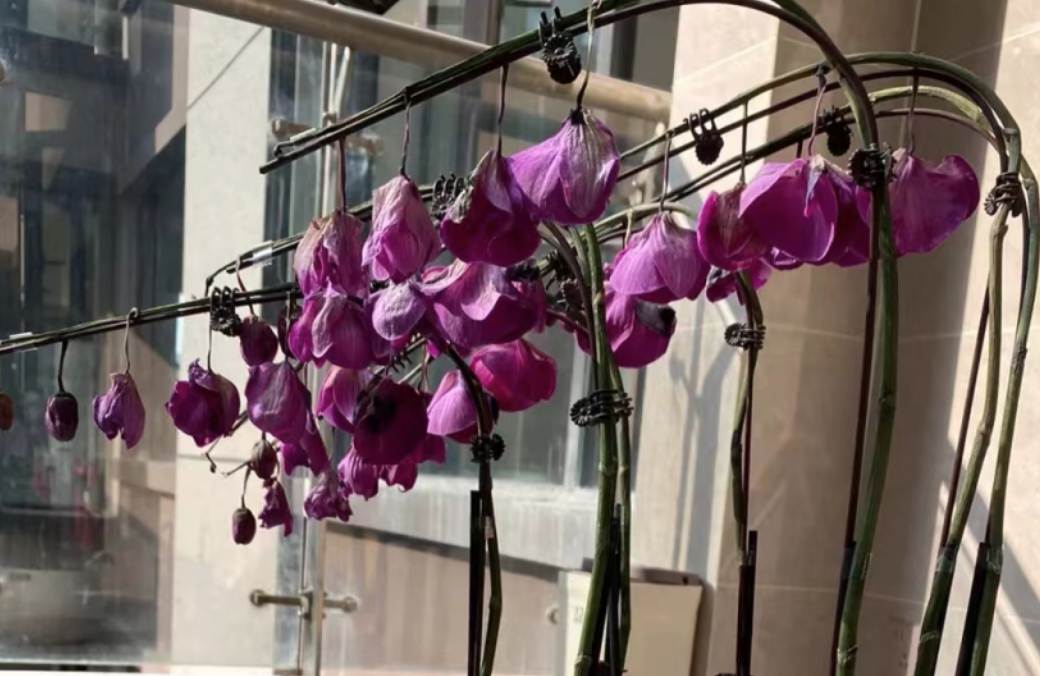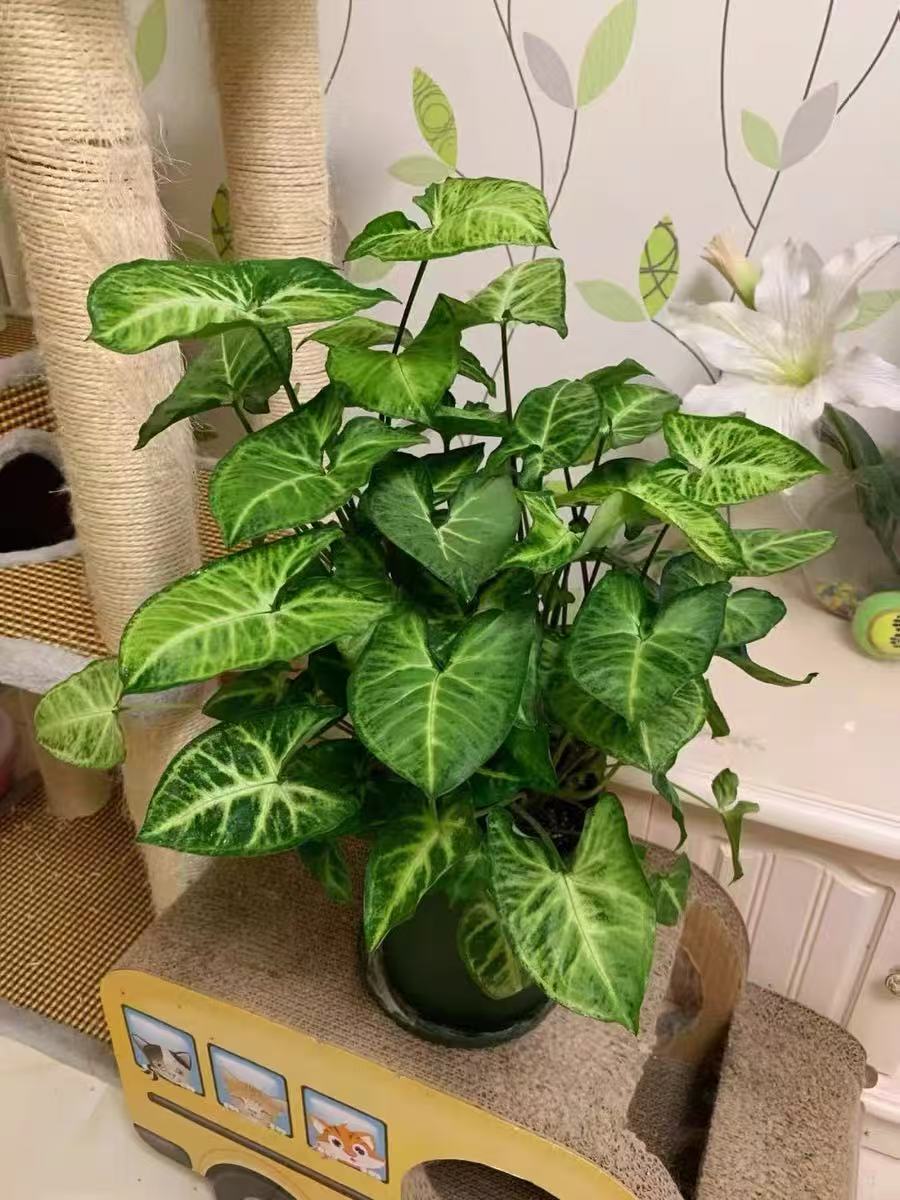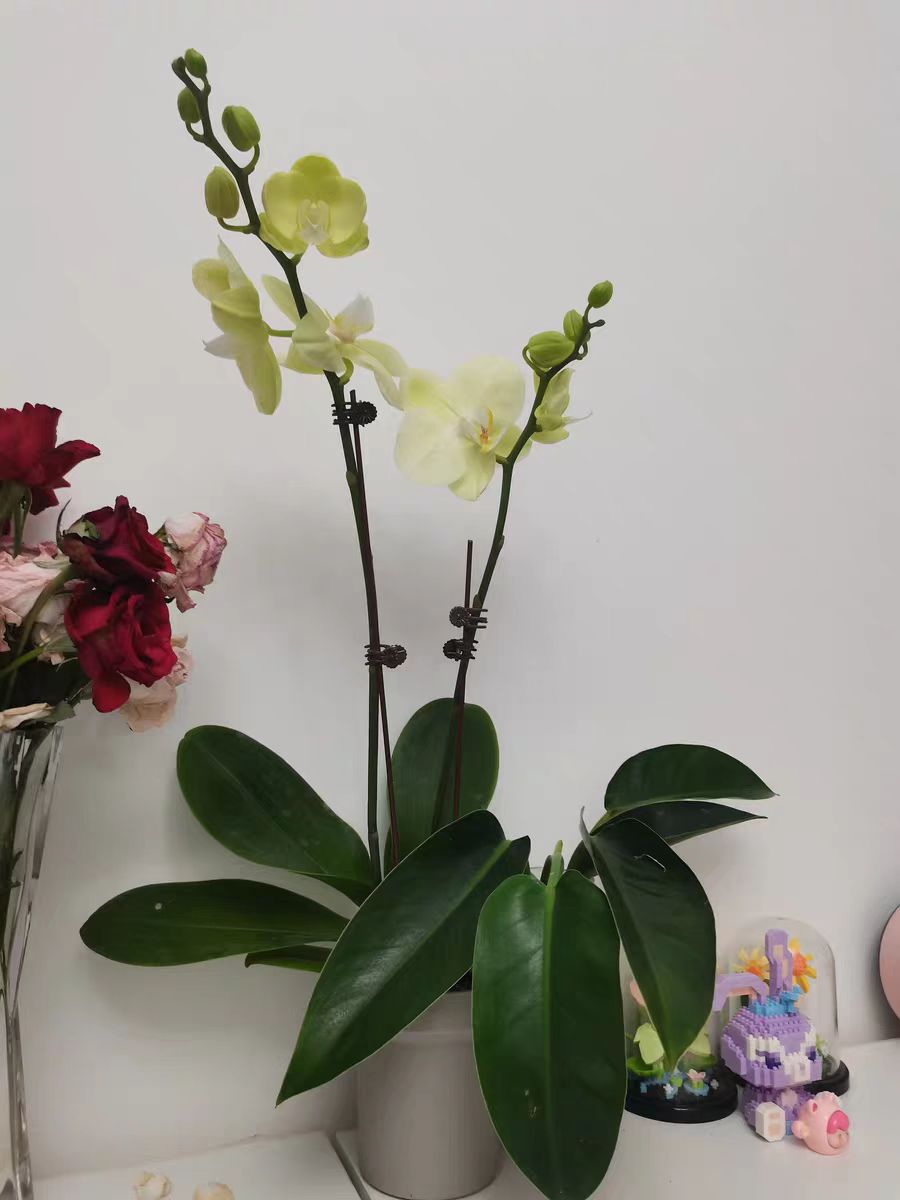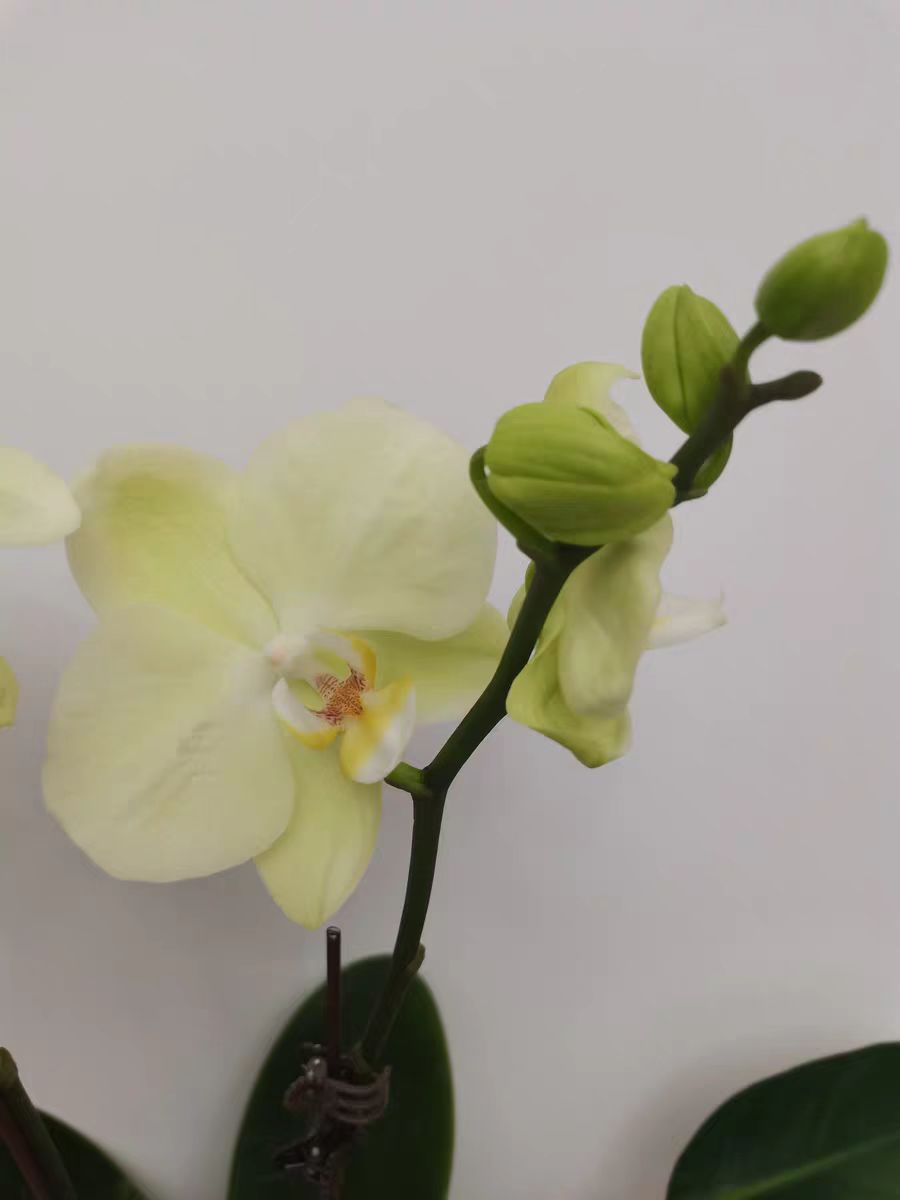It is well known that the flower shape of Phalaenopsis resembles dancing butterflies, and its diverse flower colors make it the dream flower of many people. People like to place it in the center of the interior as a decorative highlight. However, during the process of maintaining Phalaenopsis, many difficult problems often arise, such as rotten roots. Because rotten roots not only affect the flowering of Phalaenopsis, but also cause the entire plant to die. The following text will, through in-depth research, uncover the reasons for rotten roots of Phalaenopsis for everyone, as well as how to deal with and solve them.
Generally speaking, when it comes to rotten roots, the most primary reason is that flower lovers take excessive care of it and may water it every few days. In fact, this is wrong! Because excessive watering will keep the Phalaenopsis system in a damp state for a long time. In a damp environment, it is prone to bacterial infection. If the situation does not improve, it will cause rotting.
How to discover that Phalaenopsis has rotten roots? When you notice that flower buds start to wither one after another, you can check the condition of its roots. Usually, in the early stage of rotten roots, the root system becomes soft and rotten first, and later it will rot and turn black, etc. When such abnormal conditions are found in the root system, it should be dealt with promptly to prevent the condition from worsening further. First, use sterilized scissors to trim off all the rotten root parts. It should be noted here that the cutting edge of the scissors should be clean and sharp, and be sterilized before each trimming, otherwise it is easy to cause secondary damage to the plant.
Then, after dealing with and trimming the rotten roots, it is necessary to replace the plant with new soil. This is to avoid the spread of rotten soil. It is preferred to use new soil such as tree bark and sphagnum moss, which have good drainage and permeability for the root system. Such soil can promote the healthy growth of the root system.
Secondly, after dealing with the problem of rotten roots, it is necessary to control the daily watering amount. After just changing the soil, there is no need to rush to water. It is recommended to use the method of allowing the water to dry out after watering. Touch it with your hand and wait until the soil is basically dry before watering again.
Finally, after completing the above processing methods, it is necessary to learn to prevent the occurrence of rotten roots. We can adopt the principle of reasonable watering and try to avoid excessive wetness of the roots due to watering. If there is accumulated water at the bottom of the pot, it should be poured out in time. At the same time, environmental factors such as indoor ventilation and sun protection should also be done well.
How to save Phalaenopsis when it is over-watered?

Share with
Tagged in :




Leave a Reply